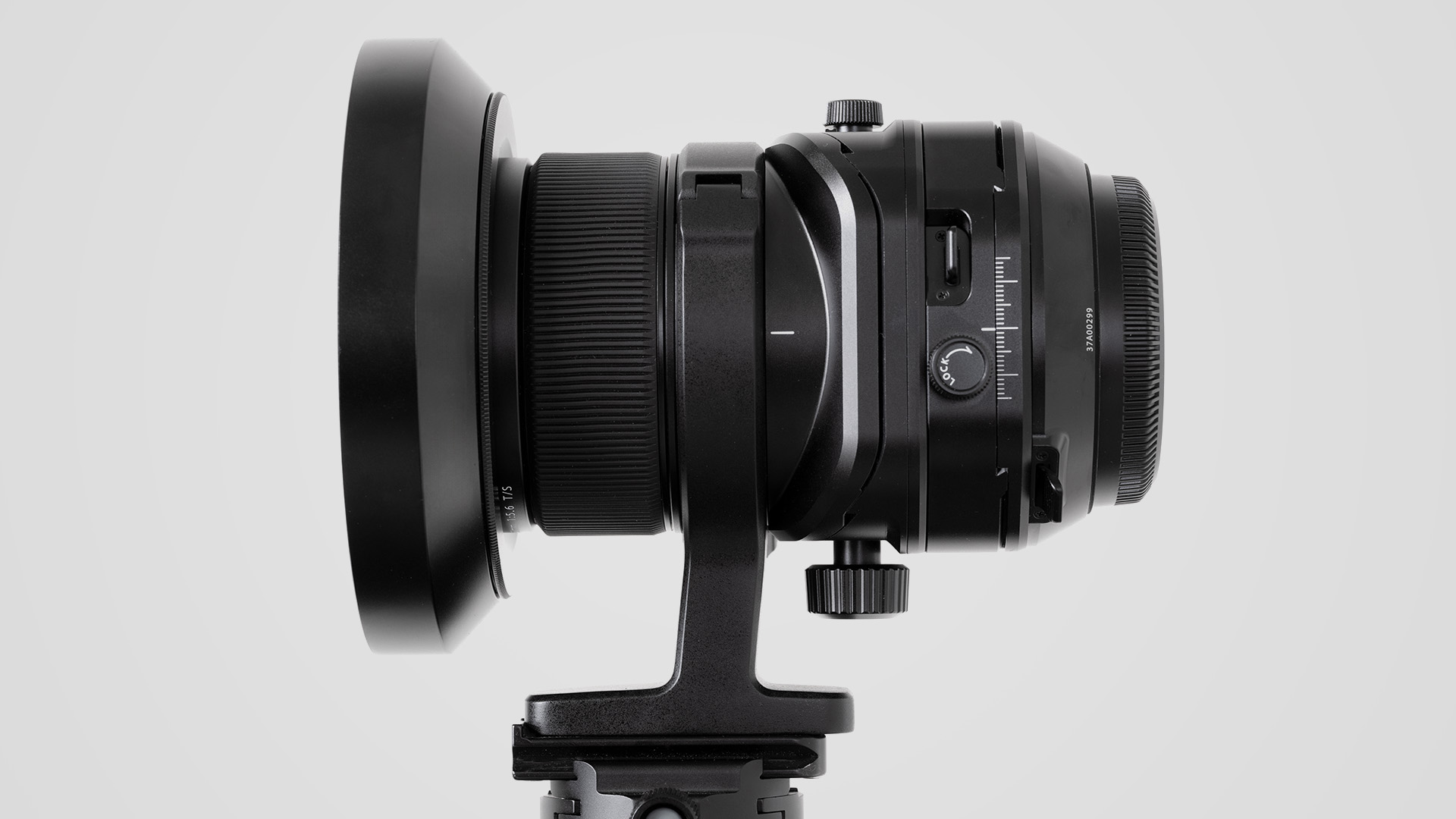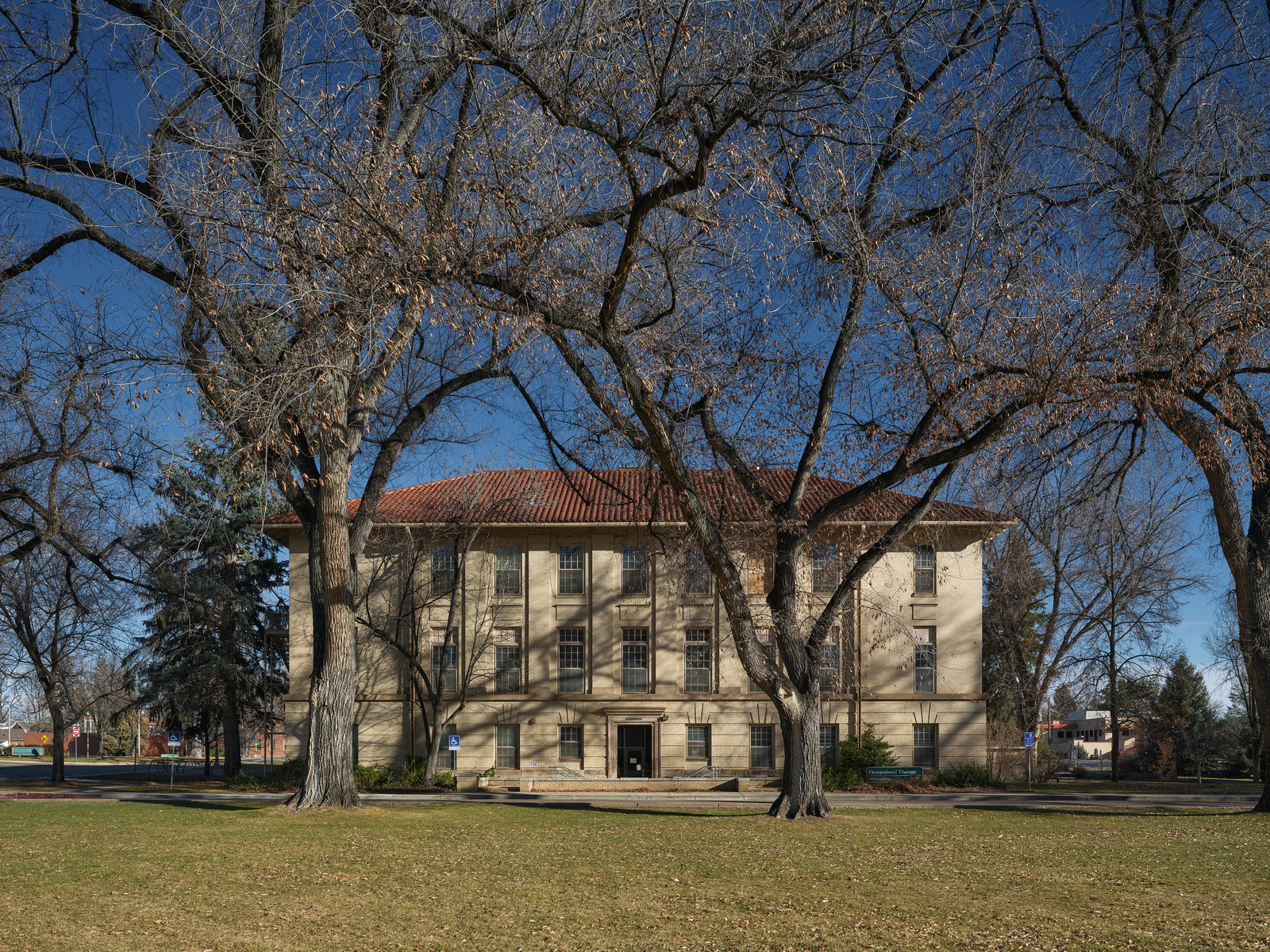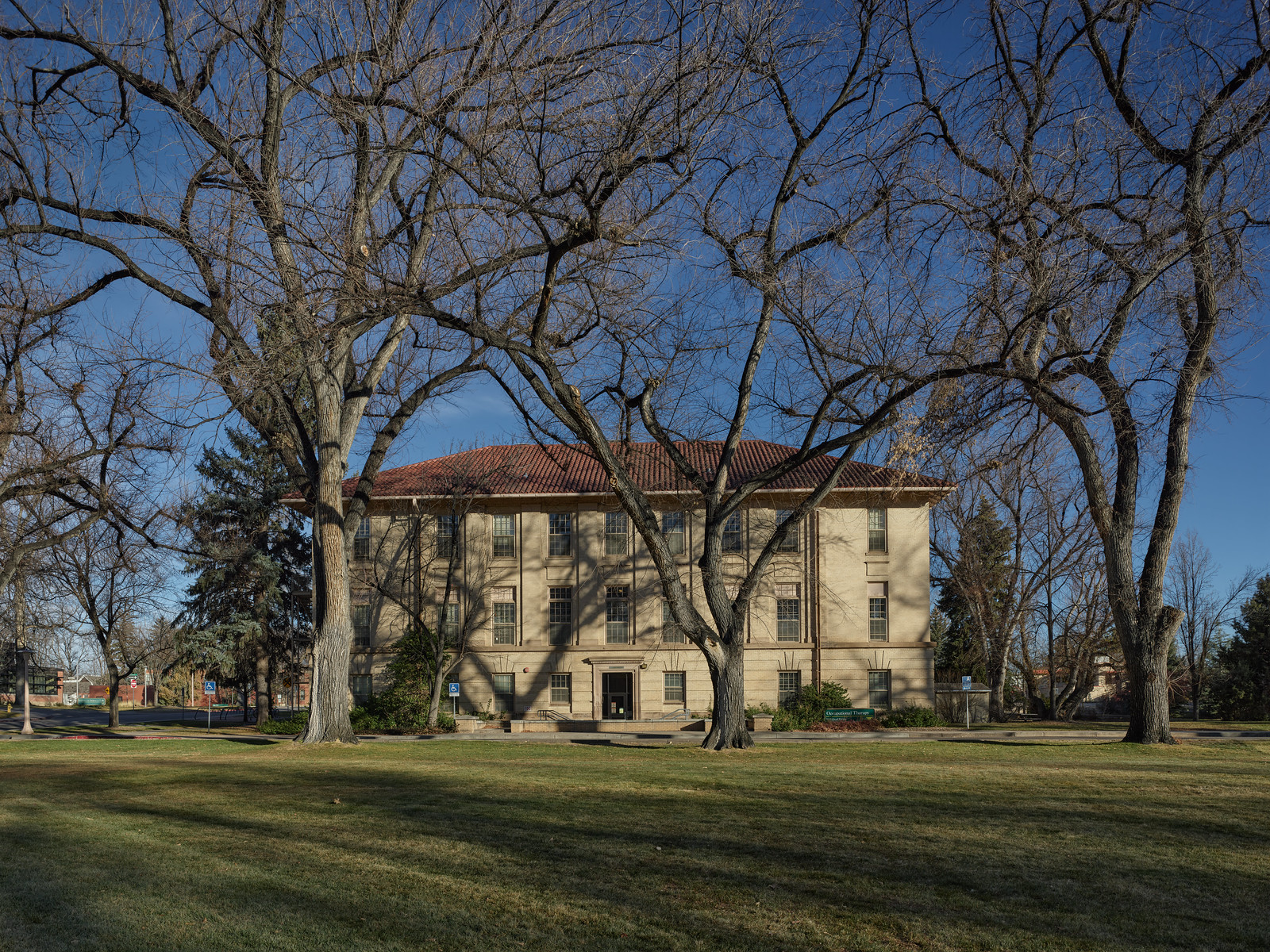Fuji GF 30mm Tilt Shift and Rodenstock 32mm HR Digaron-W Lens Comparison

A few weeks ago I was determined to get my hands on a GF 30mm TS lens. After dozens of emails and a few phone calls, a camera store in the Netherlands said they ship to the US. I put in my order without hesitation.
Comparitive Testing
In December 2021, I demo'd the Phase One XT camera with the 32HR lens and the IQ4 150 digital back. At that time, I owned the Schneider 35XL lens. So, I did some test shots to see how the 32HR and 35XL lenses compared.
Now, fast forward to September 2023, Fuji has officially announced the GF 30mm TS lens release. I've noticed a few discussions on online forums where people are curious about how the GF 30mm TS would perform compared to the Rodenstock 32HR. Since I already had some examples from the 32HR, I decided to revisit the same location with the GF 30mm TS for a comparison.
I want to be clear that this test isn't perfect, but it's the only way I could compare the 32HR to the GF 30mm TS and share the results. Examining the 32HR and GF 30mm TS images side by side is a significant step towards understanding their capabilities. Additionally, the inclusion of the 35mm XL lens provides an added dimension to the evaluation.
All of the images were processed in Capture One with default sharpening and exported as "Full size, highest quality" JPEG files. Efforts were made to ensure that color and contrast remained consistent across all images.
The Visual Evidence
One of the benefits of using the 32HR X Shutter lens with the Phase One XT camera is that shift movements are automatically recorded in the metadata, making it simple to apply lens distortion corrections in Capture One. The same is true when using the GF 30mm TS lens with the GFX 100 II camera. Lens distortion corrections were applied to the following images.


With the 35XL lens on the Phase One XT camera, it doesn't automatically record movements. However, due to the way this lens is designed, it doesn't require any distortion correction.

Observations and Conclusions
You'll notice that in the GF 30mm TS image, the building appears much closer compared to the Rodenstock 32 HR image, even though the focal length difference is only 2mm. This is mainly because the IQ4 150 sensor is larger than the GFX 100 II sensor. Despite the slight difference in focal length, a larger sensor captures more of the surroundings.
When you look closely at the top left corner of the 32HR picture, you'll notice that the tree branches look a bit fuzzy. It's not like that in the upper right corner, so the 32HR I used might have been slightly off-center. The 35XL is also not sharp in the corners when shifted at 10mm with the IQ4 150. But the GF 30mm TS is sharp all the way to the edges in the 10mm shifted image and even the 14mm shifted image test.
For me, the most significant takeaway from this comparison is that the image quality of the GF 30mm TS appears to be on par with the Rodenstock 32mm HR Digaron-W, marking it as a compelling option for photographers seeking the highest performance levels available in a medium format wide-angle tilt-shift photography. Based on my experience with both lenses, this holds true consistently across various shooting situations, not just limited to this test.
If you want to download the full-size JPEG files plus some extras, you can find them in this Flickr album: https://flic.kr/s/aHBqjB8heF.
If you are interested in working with the RAW files, send me an email with your request and I'll send the Capture One session files to you via wetransfer.com.

 Fashion Gray
Fashion Gray Crimson
Crimson Deep Yellow
Deep Yellow Tech Green
Tech Green Black
Black Purple
Purple Blue Jean
Blue Jean Blue Jay
Blue Jay Orange
Orange Primary Red
Primary Red Super White
Super White